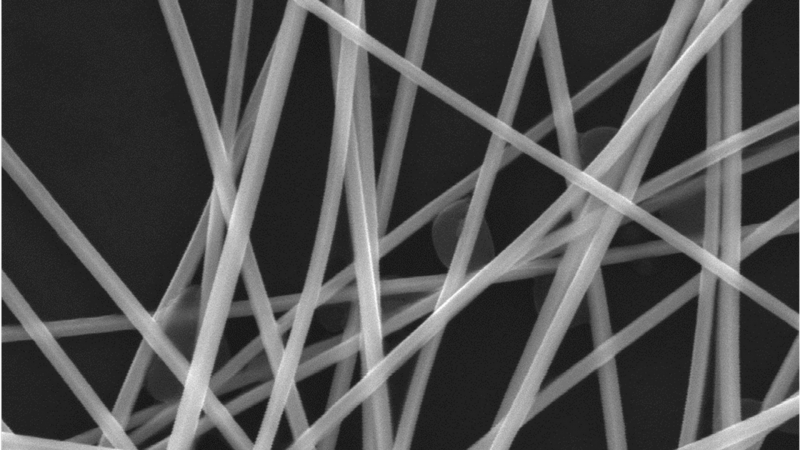Introduction
Silver nanowires are tiny threads of silver that are thinner than a human hair but have sparked huge interest from the research community and technology industry alike. These nanoscale wires have exceptional electrical and thermal properties that could enable the next generation of flexible, lightweight and high-performance electronic devices.
Emergence of Silver Nanowires
Silver nanowires were first synthesized in the 1990s but the potential applications were not realized until more recently. Significant advances in manufacturing techniques have allowed for mass production of high-quality and uniform silver nanowires. The unique optical, electrical and mechanical properties of silver nanowires are paving the way for their use in various devices.
Exceptional Electrical Conductivity
One of the most important properties of silver nanowires is their outstanding electrical conductivity. Despite their small size, a single Silver Nanowires can conduct electricity as efficiently as the bulk silver material. This makes them ideal candidates for use as transparent conductors which are an essential component in various electronic devices like touchscreens, solar cells and LED displays. Silver nanowires enable high optical transparency while maintaining excellent electrical conductivity even at very low mass percentages.
Application in Touchscreens and Displays
Touchscreens are ubiquitous in modern devices like smartphones, tablets, laptops etc. Current touchscreens rely on indium tin oxide (ITO) coatings as transparent conductors but ITO has some significant limitations like high cost, brittleness and shortage of indium material. Silver nanowires offer a promising alternative to ITO-based touchscreens due to their flexibility, low cost and high conductivity even at very low mass loadings. This has attracted interest from major companies and silver nanowire touch technologies are already commercialized in certain products. In the coming years, silver nanowires are expected to largely replace ITO in the touchscreen market.
Potential in Flexible Electronics
Another promising application area is flexible electronics which use bendable, lightweight and unbreakable devices. The flexibility and mechanical strength of silver nanowires make them ideal for application in next-gen flexible displays, flexible solar panels, wearable devices and many more. Preliminary research indicates silver nanowire coatings can withstand thousands of bending cycles without deterioration in performance. If these capabilities can be scaled up further, silver nanowires may form the backbone of flexible devices revolutionizing sectors like consumer electronics, healthcare, aerospace and more.
Thermal Properties and Other Uses
In addition to outstanding electrical properties, silver nanowires also demonstrate excellent thermal conductivity, hundreds of times greater than plastics commonly used in electronics. This makes them suitable as heat sinks and thermal interface materials to dissipate heat in devices. Other research indicates potential uses in biochemical sensing, antibacterial coatings, aerogels and many emerging technologies. Overall, silver nanowires open up new design possibilities across a diverse range of application areas.
Challenges and Future Outlook
While the potential seems bright, there are still challenges holding back widespread commercialization of silver nanowire technologies. Improving manufacturing throughput and yield, developing low-cost and scalable deposition techniques, addressing integration issues into devices and achieving long term reliability are important ongoing areas of research. Additionally, assessing the potential environmental, health and safety impacts will be crucial as the market expands.
If these roadblocks can be overcome, experts predict that within the next 5-10 years silver nanowires will disrupt major sectors and dominate emerging flexible/wearable markets. Global revenues from silver nanowire products are estimated to grow from current levels of few million dollars to billions by the end of this decade. Many companies are actively working to realize this promising future while significant government and private investments are also pouring in for further development of silver nanowire technologies. Undoubtedly, silver nanowires will play a pivotal role defining the next stage of electronics.
Silver nanowires demonstrate properties making them ideal building blocks for flexible, high-performance electronic devices of the future. Exceptional electrical conductivity, flexibility, thermal properties along with relatively low cost versus incumbent materials establish them as a leading contender in various application spaces going forward. While challenges persist, continued research progress indicates the bright potential of this nanomaterial to transform disparate sectors. With dedicated development efforts, silver nanowires are well positioned to become ubiquitous across consumer and industrial technologies in the coming decade. Their emergence illustrates how nanoscale materials can revolutionize major industries with far-reaching impacts.
Get more insights on Silver Nanowires
